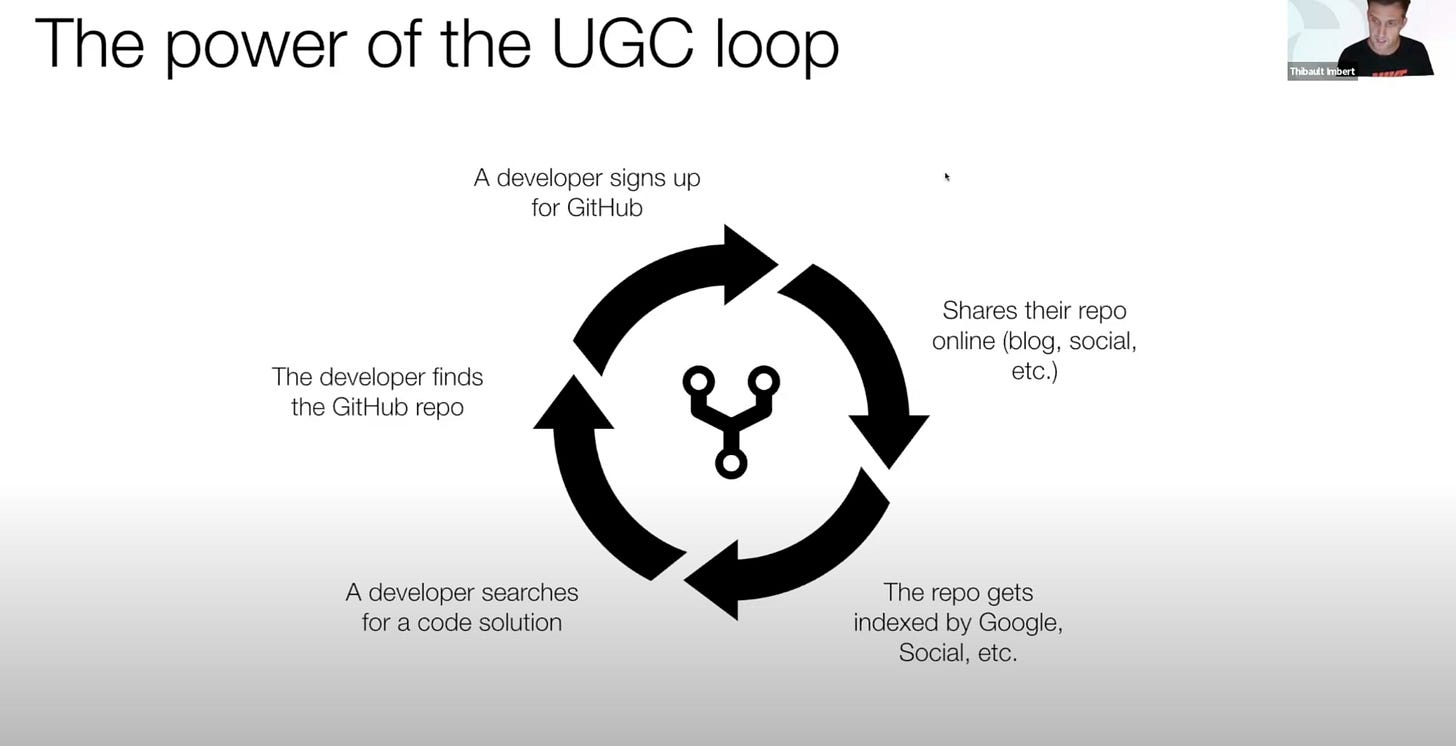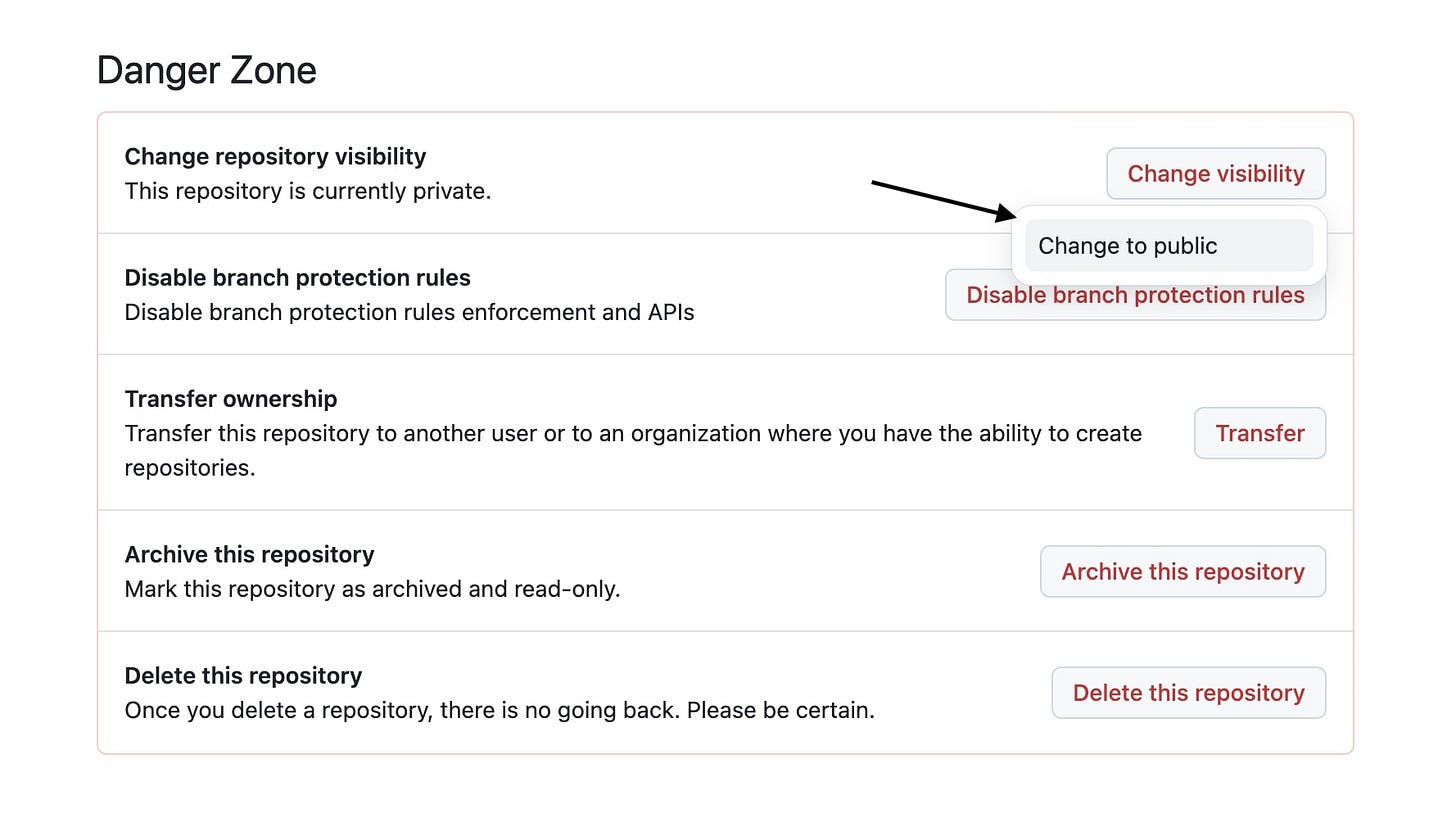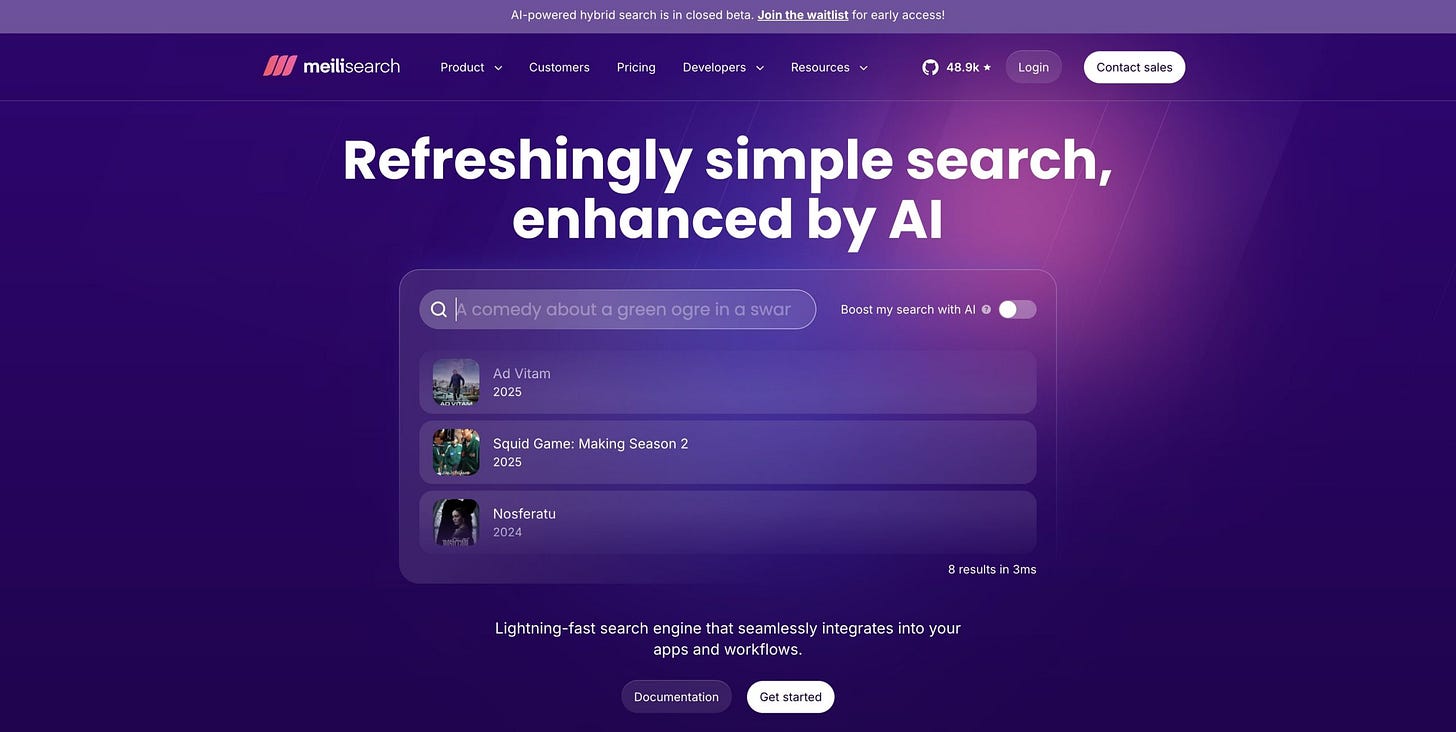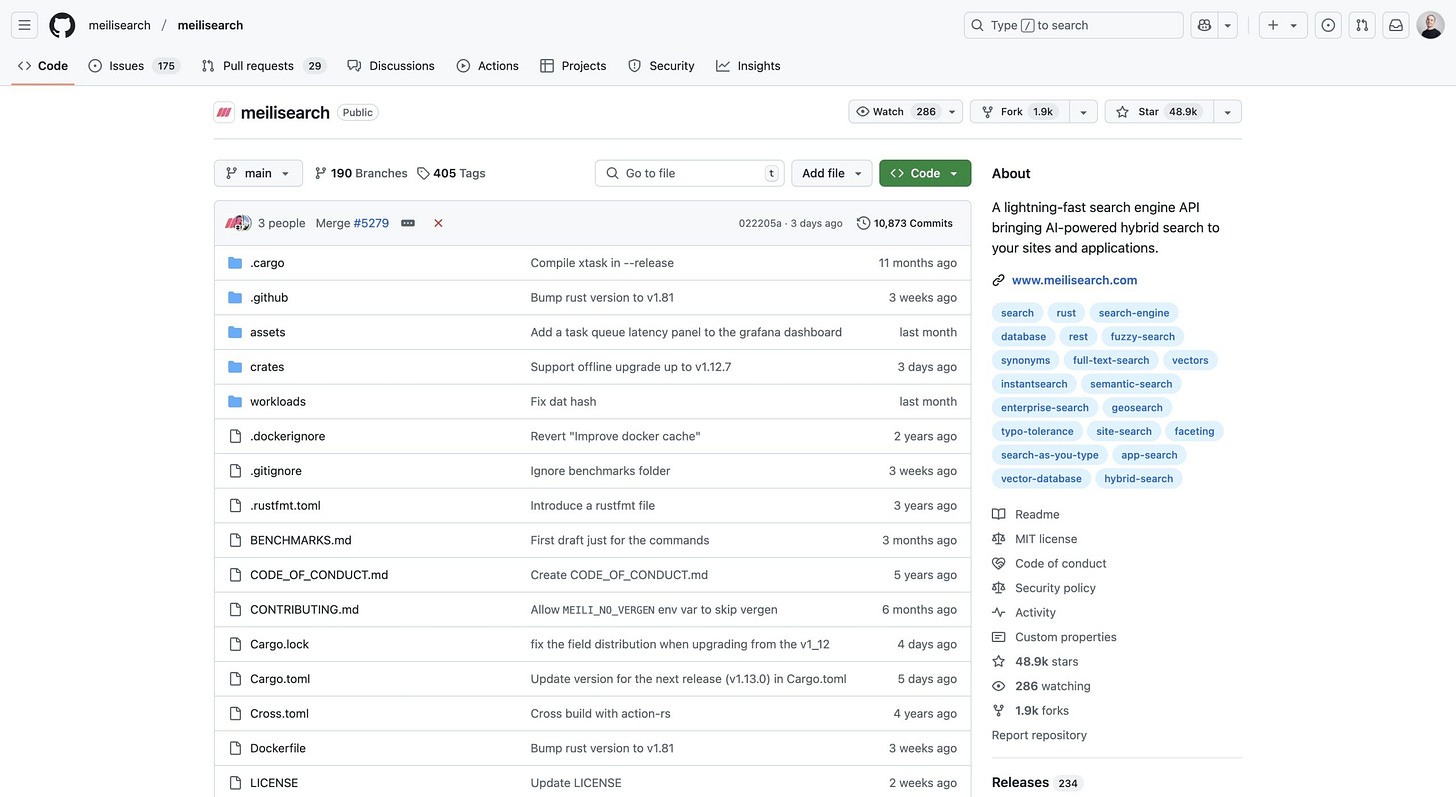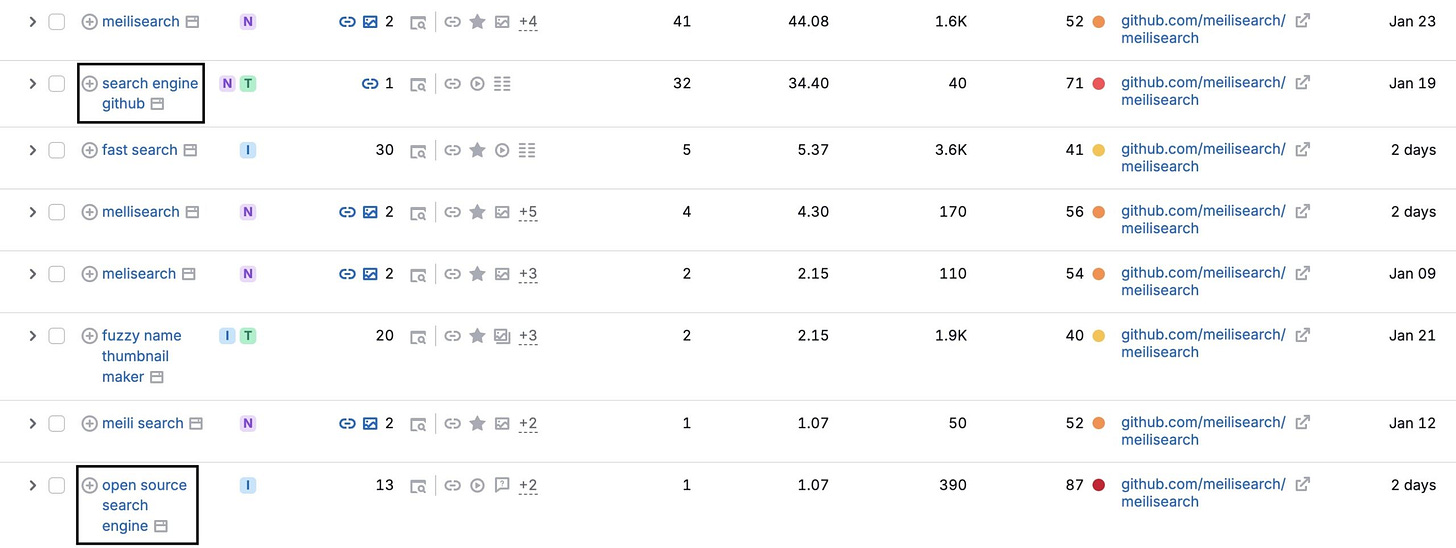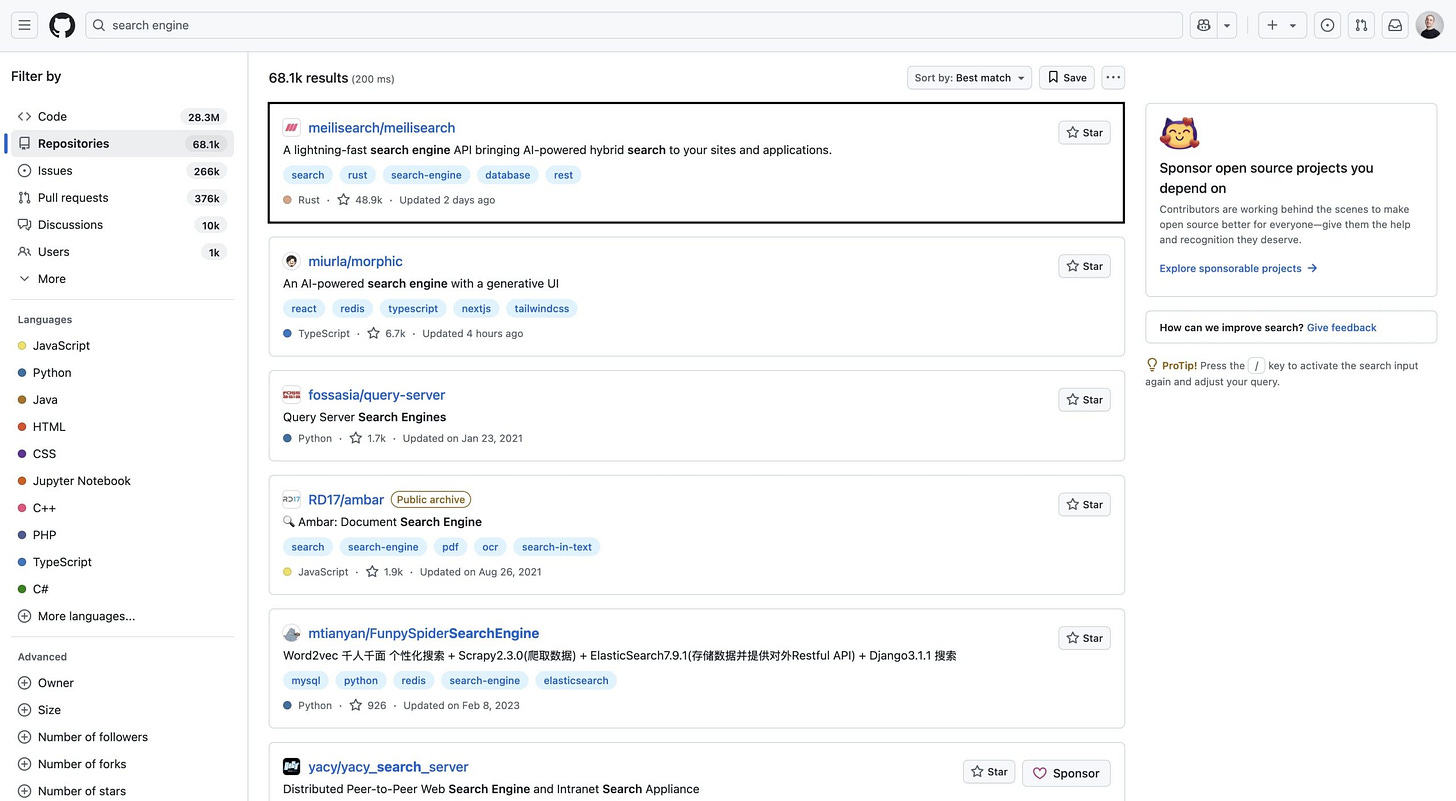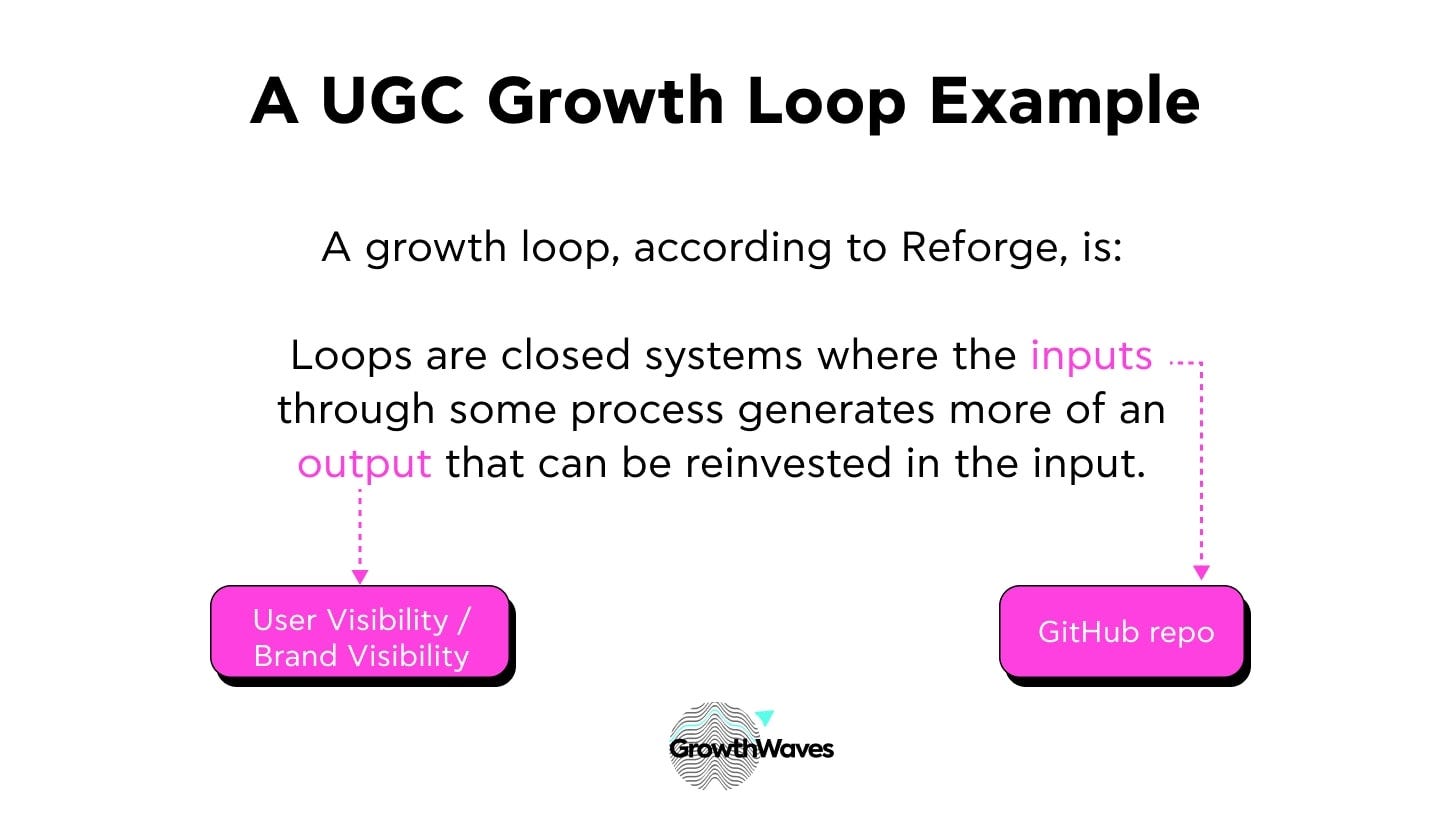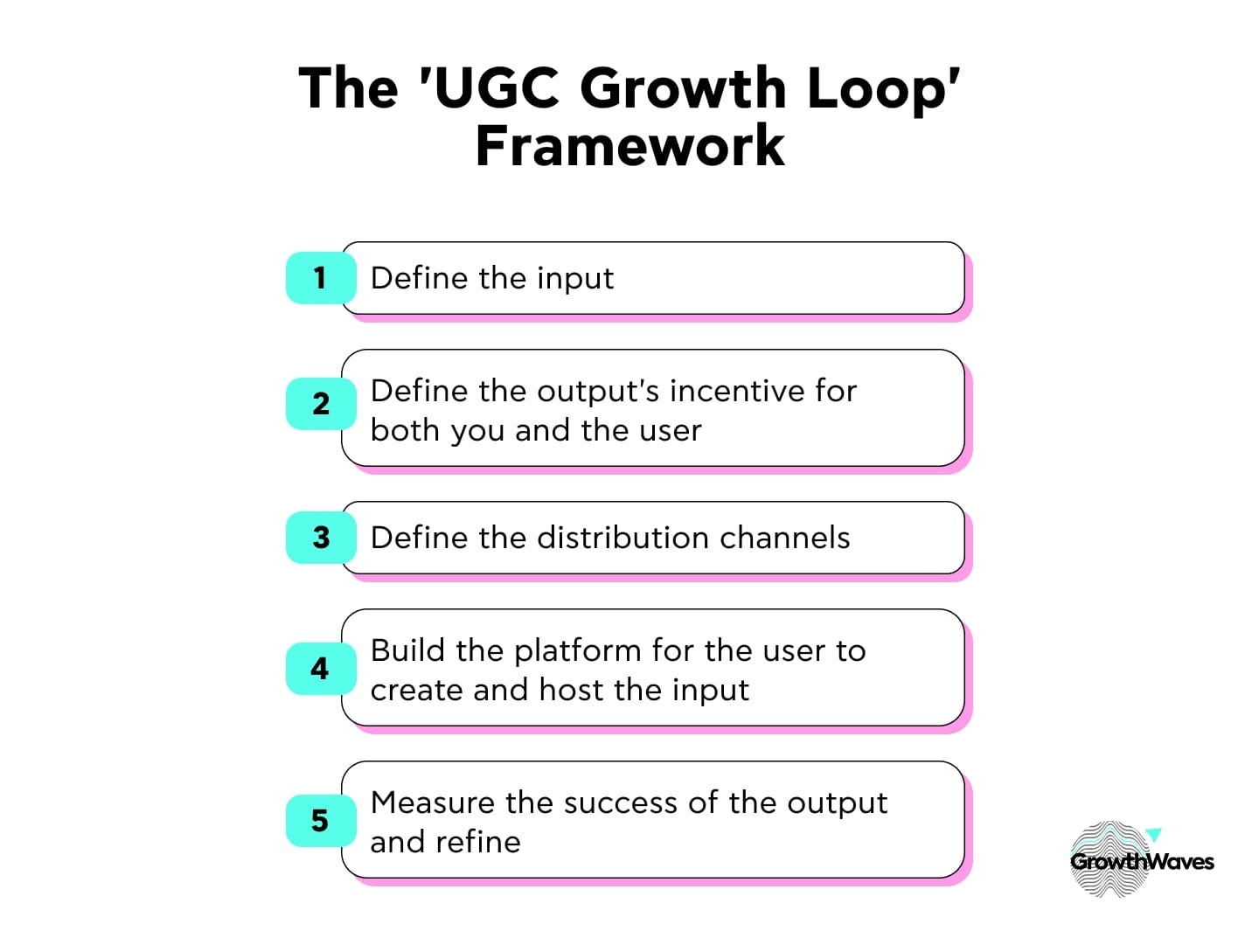UGC secrets from a $1B SaaS
How GitHub turns user content into a growth engine
👋 Hey, I’m George Chasiotis. Welcome to GrowthWaves, your weekly dose of B2B growth insights—featuring powerful case studies, emerging trends, and unconventional strategies you won’t find anywhere else.
Nope, I won’t discuss the HubSpot screenshot this week.
There’s enough being said about it on the digital square that’s called LinkedIn.
(If you want my opinion on it, just reply to this email or connect with me and DM me on LinkedIn.)
Instead, I’ll zoom out and give you a unique perspective on an organic growth strategy.
It comes from a company you’ve probably heard of.
Let’s get into it.
The framework
A couple of months ago, I was watching a webinar by Reforge.
One of the guests was Thibault Imbert, former VP of Marketing and Growth at GitHub.
At around minute 5, he shared the following framework:
Let me unpack this for you.
This is basically a growth loop that GitHub uses to acquire new users. It goes something like this:
A developer signs up for GitHub.
Shares their repo* online, or just chooses to publish it.
Their repo gets indexed by Google and is visible on GitHub’s internal search engine.
Another developer is searching for a solution to a code-related issue.
They find the repo.
They sign up for GitHub, and the loop continues.
Editor’s Note: A repo is an abbreviation of the word repository and is a digital storage space on GitHub where developers can manage and track the changes to their codebase, collaborate with others, and organize project files.
If you’ve ever used GitHub, you’d know that inside the settings of your repo, there’s the option to make it public.
There are many reasons why you’d want to keep your repository private, as there are plenty why you’d want to have it public.
Let’s see an example.
Example of GitHub’s UGC growth loop
To understand the power of that growth loop, let’s use an example.
The example comes from open source AI search engine, Meilisearch.
Meilisearch has a successful open source search engine that has the following GitHub repo:
If we consider Google search as a distribution channel (which it is), then we’d want to know how visible this (public) repo by Meilisearch is.
A quick analysis of the repo with SEMrush shows us that the page ranks for 597 keywords and brings in some traffic.
If we double-click on these keywords, we’ll see that (some of them) are indeed relevant to what the page is about:
As you can see in the above screenshot, keywords like ‘search engine github’ or ‘open source search engine’ stand out.
But Google isn’t the only place where developers and companies can search for and find relevant keywords.
GitHub’s internal search engine is another place or ‘distribution channel’ to put it more accurately.
And sure enough, the top result on page 2 comes from Meilisearch:
The benefits of this are twofold:
Searchers get familiar with the Meilisearch brand or the brand/project that gives an answer to their problem;
Searchers get familiar with the GitHub brand—assuming they’re not familiar with it—and sign up for its products.
The question, of course, is:
Can you use this for your own company?
Building UGC growth loops
UGC stands for user-generated content.
A growth loop, according to Reforge, is:
Loops are closed systems where the inputs through some process generate more of an output that can be reinvested in the input.
What’s great about this framework is that the input (as per Reforge’s definition) is created by a user, which means that the company doesn’t invest resources (apart from product development and distribution, of course) in creating these inputs.
And the output are the two benefits we saw earlier, one for the user/creator, and the other one for the brand.
The nuance of the framework is that there has to be a clearly defined input that’s (ideally) user generated and an output that benefits both the user and the brand.
The visualization of this framework would look something like this:
Define the input
Define the output’s incentive for both you and the user
Define the distribution channels
Build the platform for the user to create and host the input
Measure the success of the output and refine
The above framework shouldn’t benefit just you, as the brand that enables users to create the content.
There should also be a strong incentive for the user to put in the work and effort required to create, distribute, and maintain the content.
Let’s bring this to a close.
Final thoughts
The above framework requires an alignment of different teams like growth and product.
Which makes the implementation difficult.
However, if executed properly, the ‘UGC Growth Loop’ framework can work really well in terms of a) visibility acquisition for you, and b) visibility for the user.
If you’ve seen an example of a company doing something similar, feel free to reply to this email and share it with me.
See you next week!


